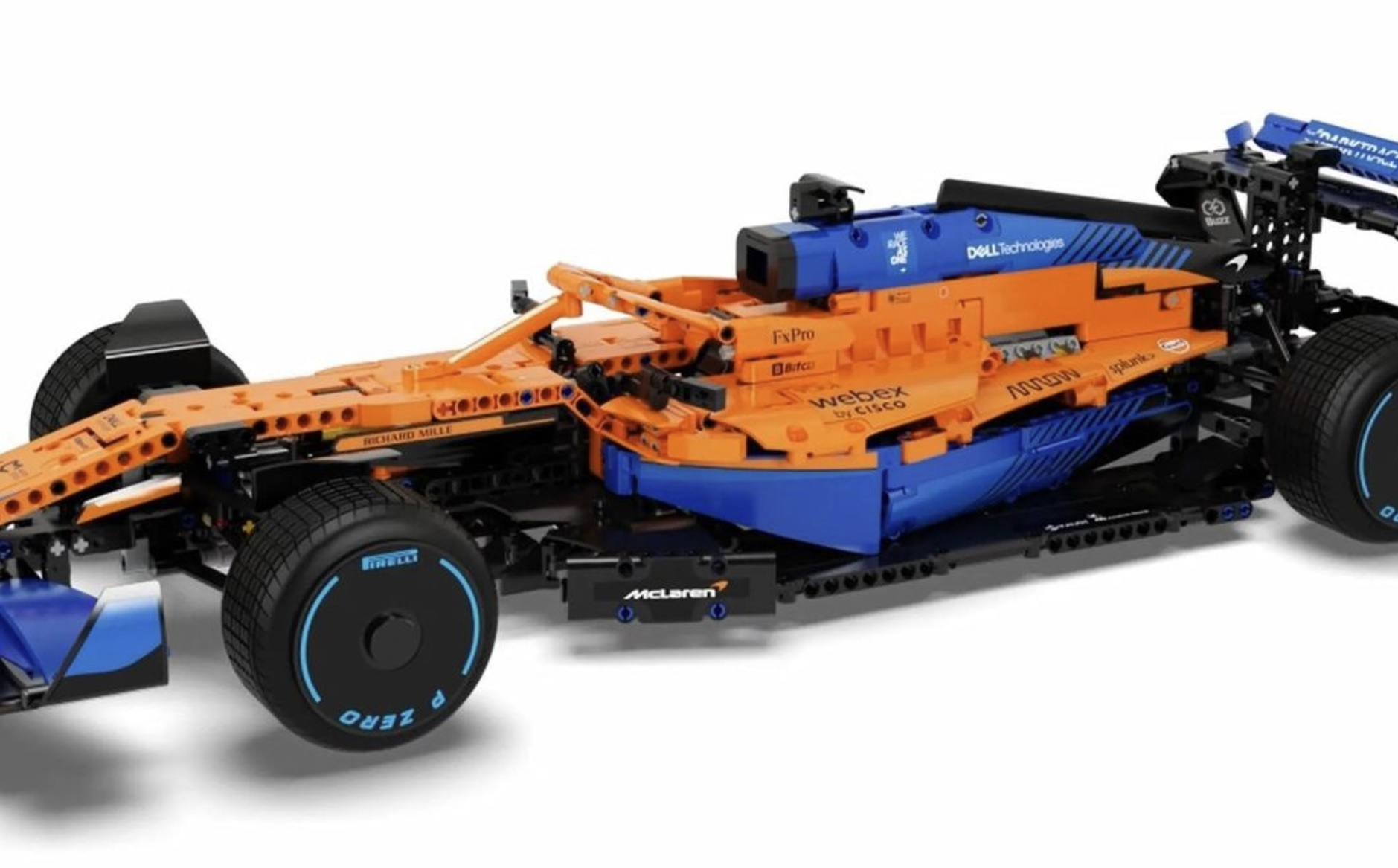gcdugas wrote: ↑06 Feb 2022, 16:13
Tim.Wright wrote: ↑06 Feb 2022, 11:16
Push/pull-rod loads generally never change sign. They do however oscillate about their static load. So in your example of a bump, in the compression cycle the pullroad load increases in tension above it's static weight (+ downforce) load. In the rebound cycle the load reduces to a value less than the staic load but remains in tension.
Not so. If you can't understand this via human imagination, then run a simulation via Solid Works or CATIA. I learned this stuff back in the old days when students had to make load bearing towers using thin wooden dowel sections.
Solidworks and Catia aren't going to help here. This is a force problem not a kinematic one.
Pullrod load is equal to your wheel load divided by motion ratio. Wheel load can never be negative (limit case is zero when the wheel is physically off the ground).
So, unless your wheels leave the ground and your dampers are hydraulically locked in rebound, your pull rod is always going to be in tension.
An FBD of the upright will illustrate all of this very clearly.

